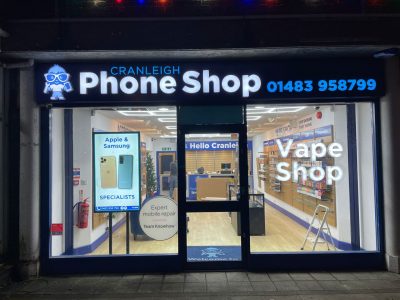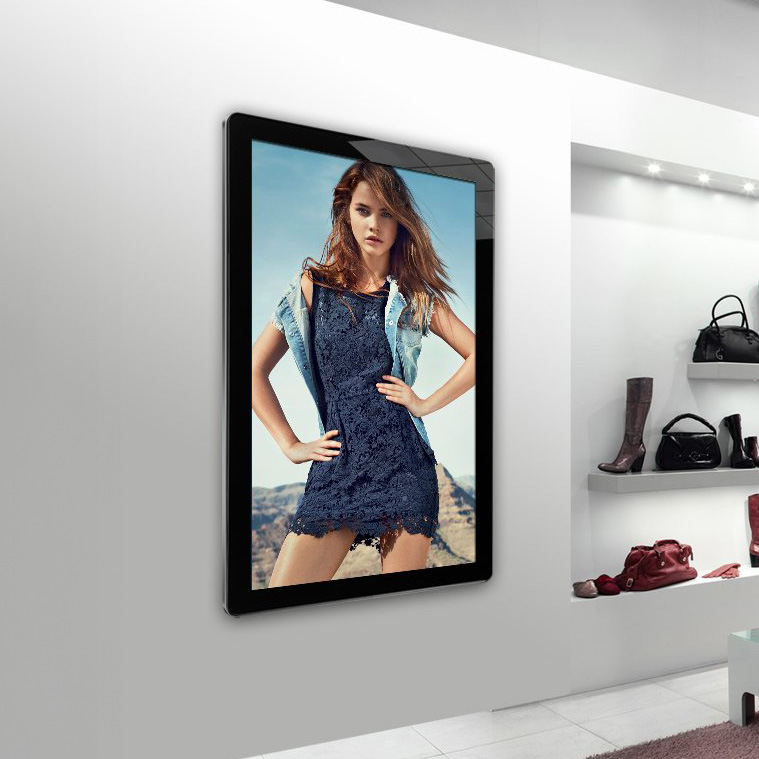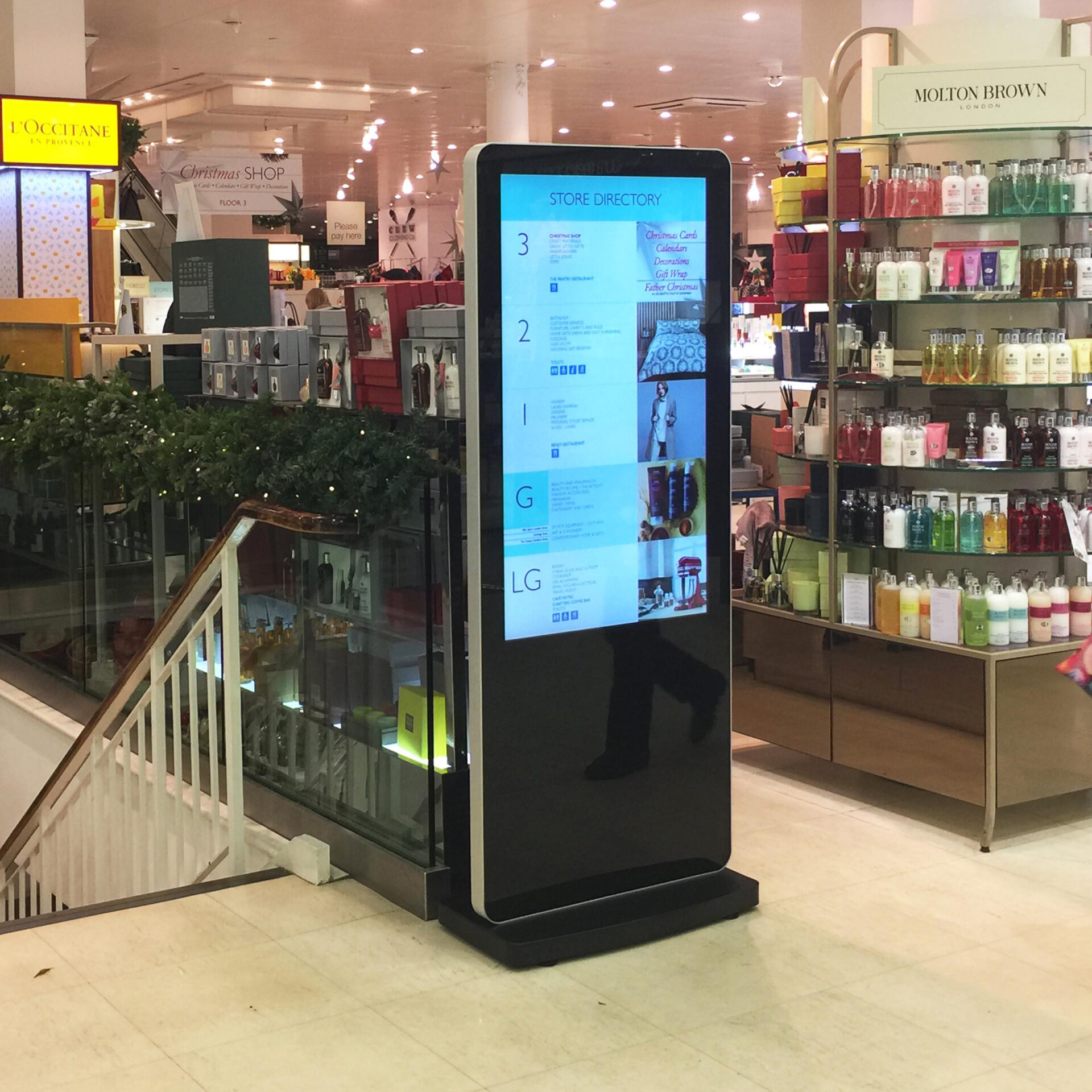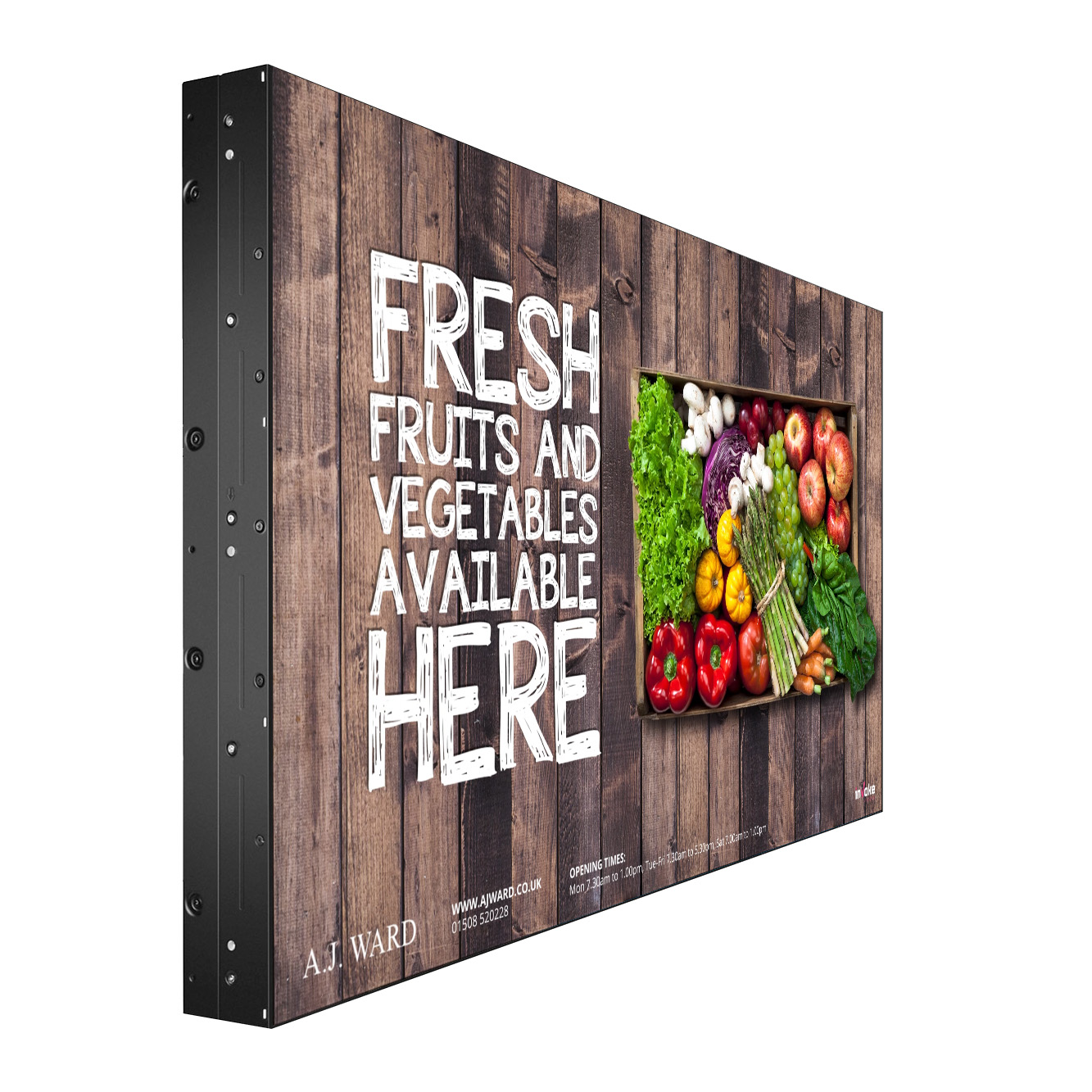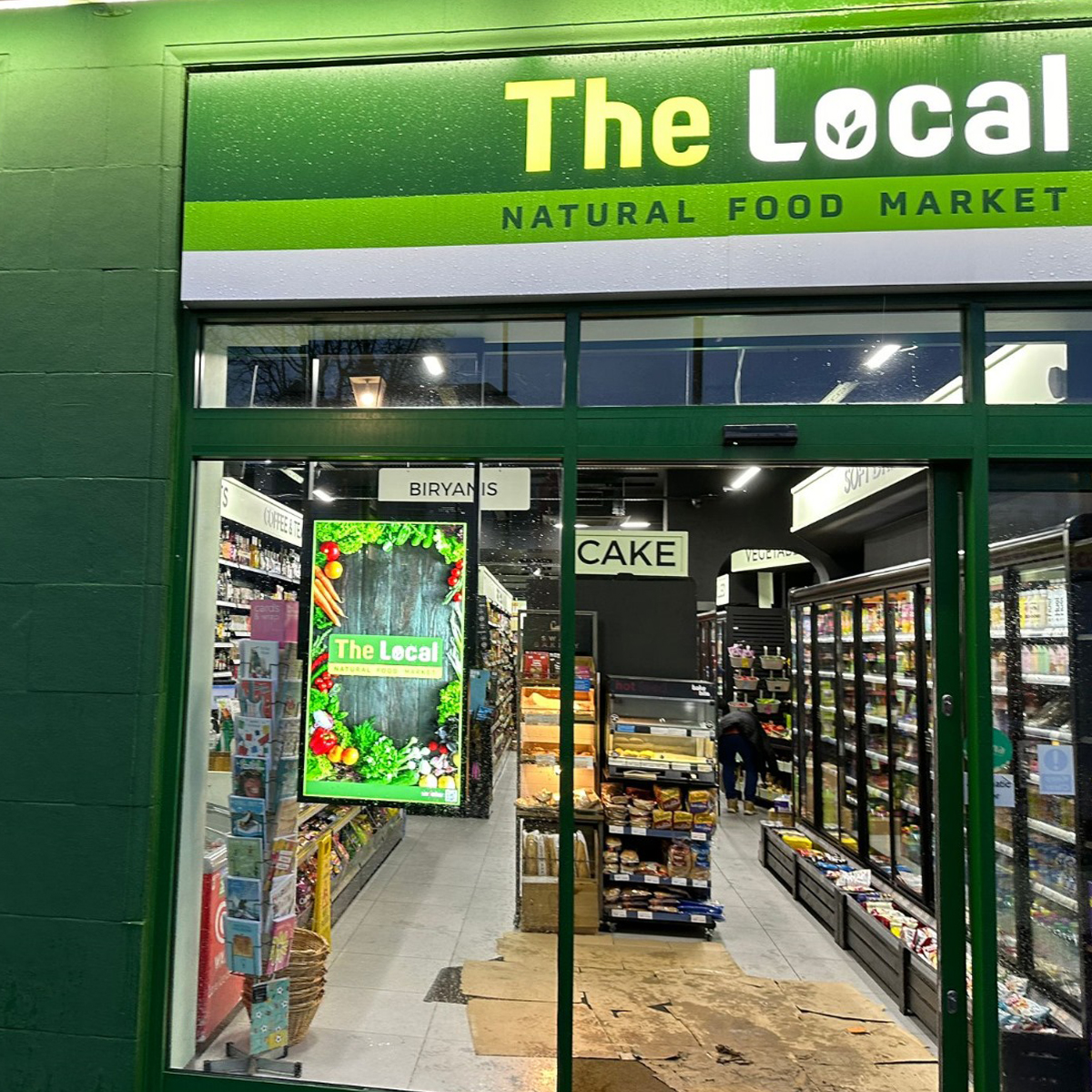Commercial Grade, 24/7 use, display sizes 32” to 75”, Landscape/Portrait. Ideal to promote products, services & treatments you offer.
Upload content to the inbuilt android media player via USB or Cloud CMS and schedule different content to play at different times of the day, add scrolling text, video and animation to create a dynamic visual display.
inVoke Digital Signage offer a qualified professional installation service and our in-house Design Studio will create AWESOME content for you that you can also use on your website and social media campaigns.
Grab Attention & BOOST Sales!
Our Clients
Here are just a few examples of our clients in the retail sector that have successfully used retail store Digital Signage to grab attention and boost sales.
Contact us today to find out how you can do the same!
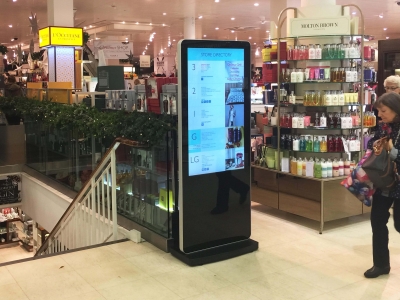
Jarrold

The Edinburgh Bookshop
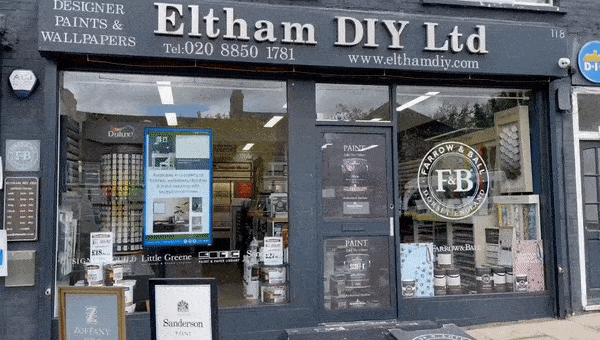
Eltham DIY Ltd.
